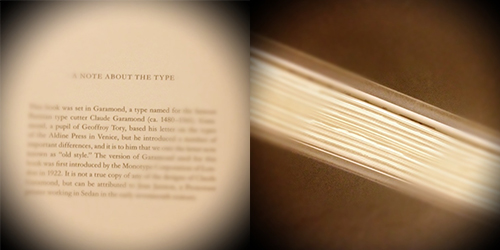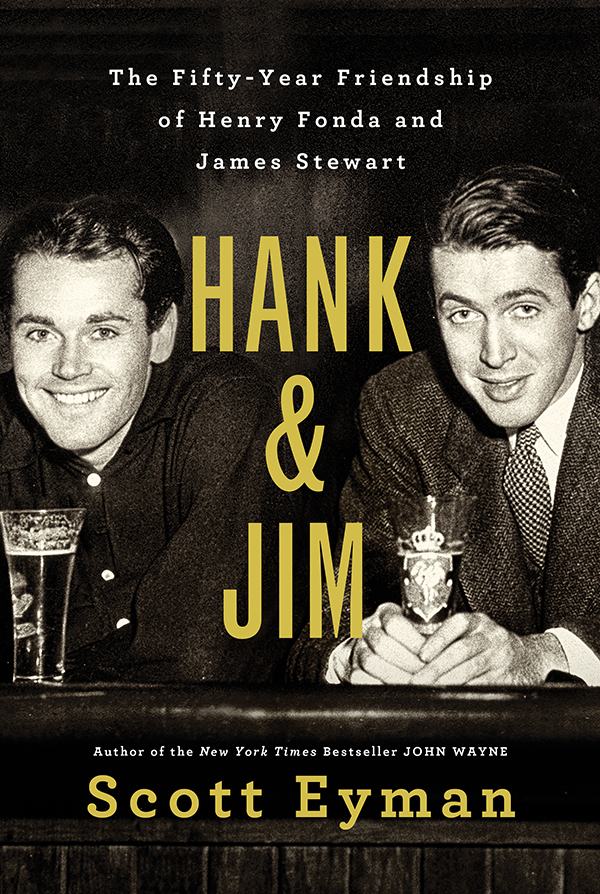Charlie Chaplin: A Brief Life, the new biography by Peter Ackroyd, definitely lives up to its billing. Yet for all its brevity, it’s packed with telling details about Chaplin and his life and work. And at times, it’s really two biographies in one, as Ackroyd consistently describes the polarity between the Little Tramp, “Chaplin’s shadow self or alter ego,” and the man himself, which becomes the through line of the story of their parallel lives.
Where the Little Tramp was infused with “common humanity,” Chaplin apparently demonstrated very little or none of that trait in real life. Simply put, he used many friends and colleagues like the props in one of his films, tossing them aside when he was done. He expected absolute fidelity from his lovers and wives while pursuing any other woman who struck his fancy. He seemed to flirt with Communism but equivocated about his beliefs and continued to make a fortune from the stock market.

If “hypocrite” is one way to describe Chaplin, another might be “control freak.” I had already known that he was a perfectionist who took on nearly every task in the making a film, but here Ackroyd relates this tendency to the entertainer’s constant anxiety about poverty while giving specifics about the multiple takes and bullying Chaplin employed on set, techniques that wore down his actresses and crew. “Multiple takes” could often mean tens, in some cases hundreds. The scene in City Lights where he buys a flower from a flower girl (Virginia Cherrill), in the process discovering that she is blind, “took two years and 342 takes to assemble.”
The reporting of the City Lights story is just one example of the remarkable even-handedness Ackroyd maintains throughout the book. He is sympathetic to the entertainer’s childhood trauma, tracing the roots of Chaplin’s personality in his unstable, impoverished early life in truly dismal South London, but he doesn’t shy away from “the erratic, whimsical and imperious way in which Chaplin conducted his private life” either. Of his relationship, or lack thereof, with Cherrill, Ackroyd writes, “At the age of twenty she may have been too old for him.” Chaplin’s ill treatment of Lillita MacMurray (aka Lita Grey), first cast as leading lady in The Gold Rush, may be the most egregious example of his behavior towards women, but there are many other episodes presented here.
Despite the intermittent unpleasantness of his subject, the author also manages to capture the magic of Chaplin’s work, imparting a desire at least in this reader to see more of it, particularly A Woman in Paris, with which “Chaplin established a new cinema of social manners as well as a novel style of acting,” influencing both Ernst Lubitsch and Michael Powell. By what alchemy can someone so detached and cruel produce such heartbreaking emotions in the audience, about which he was ambivalent?
To sum up, Brief Life is a fascinating read. Obviously, completely new content would be an impossibility, but Ackroyd’s perspective on Chaplin’s duality is refreshing and insightful. As regular readers know, I am a relatively new silent film fan, and I learned quite a bit. If there is any flaw in it, it is the lack of footnotes or endnotes; I prefer the line between facts and interpretation to be clearer than that. There is, however, an extensive bibliography. It also does this designer’s heart good to see a book so appropriately well-crafted and old-fashioned — beautifully typeset, complete with a colophon, and silent-era-style typefaces for the headings, on deckle-edged pages. In some cases they do make them like they used to. Brief Life is perfect for any of those with an interest in filmmaking in general or Chaplin in particular…as long as they don’t mind a little of the gilding wearing off the idol.

Charlie Chaplin: A Brief Life by Peter Ackroyd is published by Doubleday on October 28.




